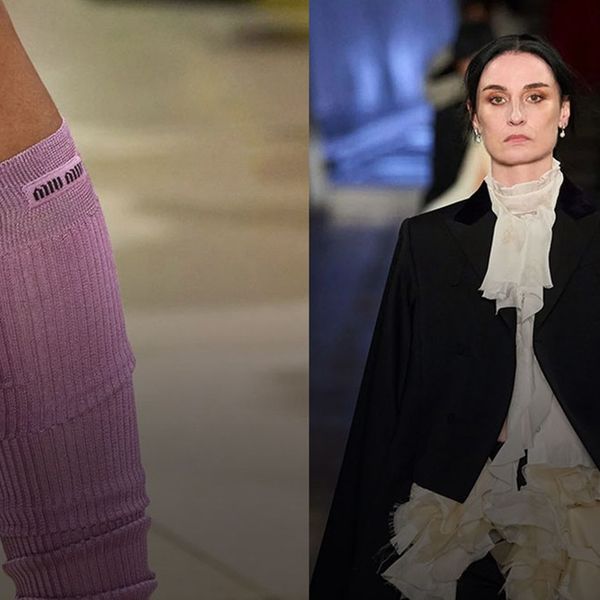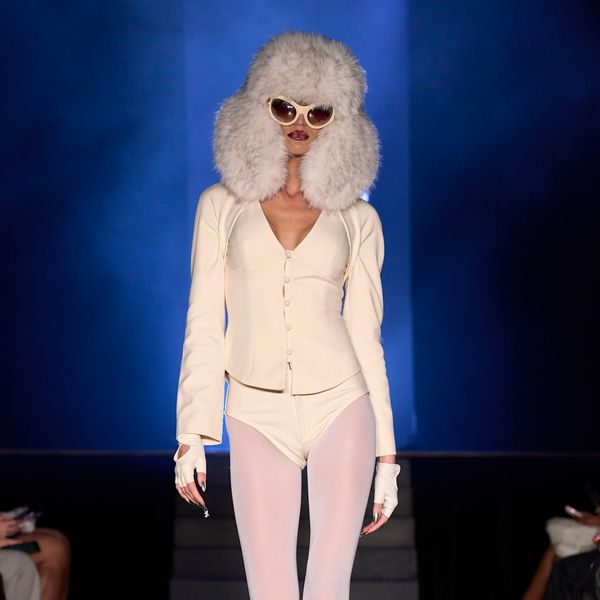How Kate Upton Outsmarted Us All
Among the first to leverage viral success for industry longevity, Kate Upton will be the blueprint for models everywhere.

It was already a big year for Kate Upton. The 18-year-old Floridian had landed a coveted position as the face of Guess, before booking the holy grail gig: a Sports Illustrated: Swimsuit spread as 'Rookie of the Year.' A month after the magazine hit stands, a clip emerged of Upton at a basketball game, a portrait of all-American girl beauty in a rendition of the 'dougie.' On the heels of the viral video, The New York Times ran a feature: 'Model Struts Path to Stardom Not on Runway, but on YouTube.'
It's for this reason that Kate Upton is often cited among the first of fashion's social media set. Discovered at an open casting call in Miami at age 15, she was never forced to vlog or Vine her way to household status, but her traditional industry trajectory was mere kindling until Upton's online appeal lit the match. What followed was unprecedented: back-to-back Sports Illustrated, Vogue, and Vanity Fair covers, a throng of "sexiest women" accolades, and an embrace by Hollywood's elite.
Of course, an unrelatable rise rarely elicits respect. The industry's fading stars attempted to leverage her sex appeal (particularly memorable: disgraced photographer Terry Richardson refusing to allow Upton introduce herself before she dances for his camera crew in slow motion), while others waxed lyrical about her looks. Her body type caused the most commotion, mostly its audacity to require a size other than zero. The teenage model's survival depended on deriving a sense of self beyond the blog posts, and a decade on, Kate Upton is ready to tell the tale.
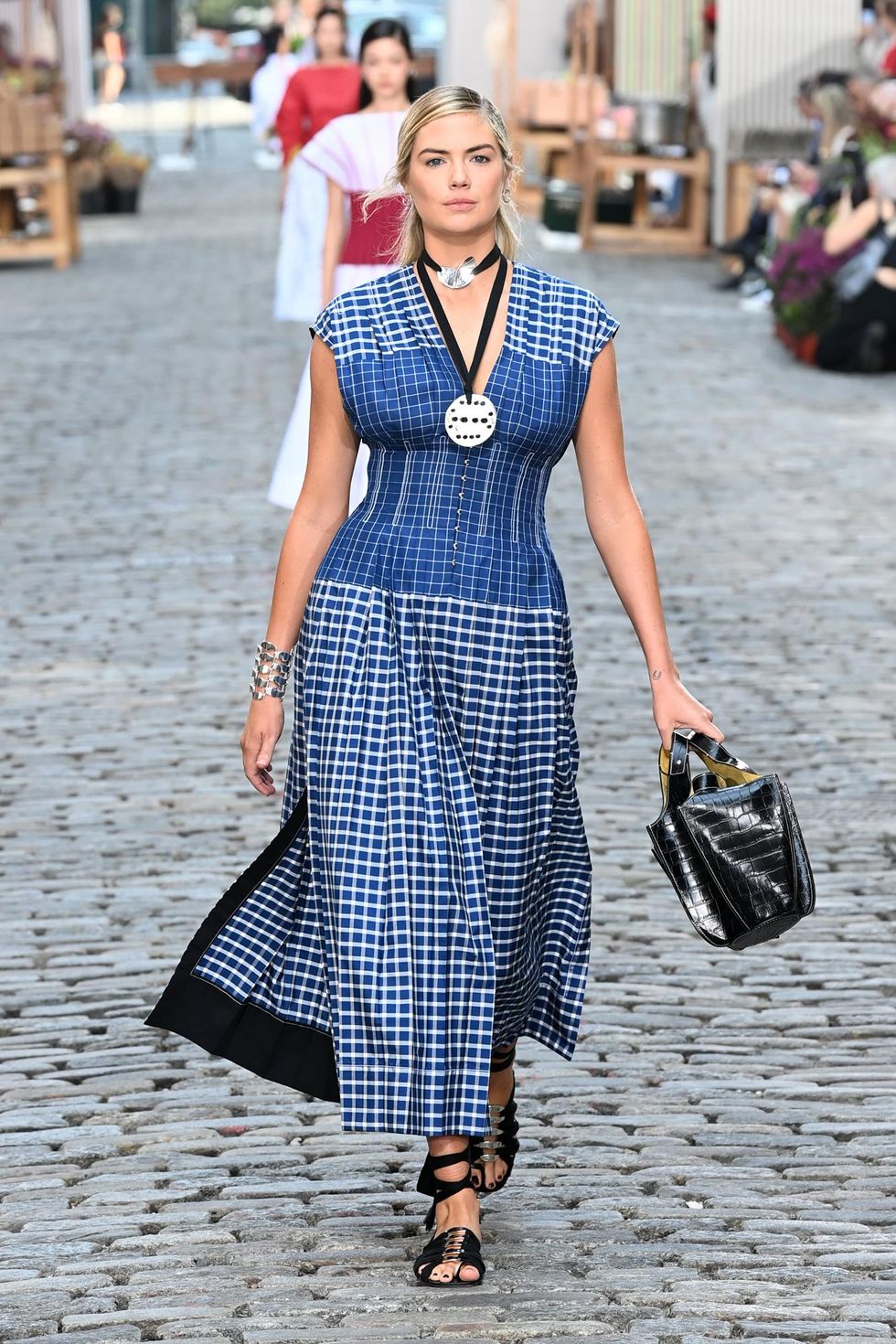
I want to start at the beginning, how did you initially envision your 'dream' career?
"I haven't been back to the beginning in a while! I lived in Melbourne, Florida, and started modeling in Miami when I was 15. I went in for an open call and the agency wanted to sign me, and then I was working a lot, traveling a lot, and had really regular clients. At the beginning there wasn't social media or anyone to have an opinion on who a client hired. I either got the job or I didn't, so I never really saw myself as not being the 'normal' kind of fashion model.
"Mostly, my dream was to work with iconic American brands that I was raised with: Sports Illustrated, Victoria's Secret, Guess. My parents made it clear to me I couldn't just float around and travel, I had to make a career out of it, so I had a very clear path. I had really great clients, and was constantly working. Then when Sports Illustrated put me on the map, news articles were talking about my body, which, at a young age, was really quite shocking. I was only 18 at the time. It was a particularly low moment and I thought to myself, Why am I doing this? Then I opened some letters from fans my agency sent to me. I still get chills talking about it. All these women were thanking me and telling me about body image issues and eating disorders and how excited they were to see someone they could relate to in a magazine."
That must have felt like shouldering a lot of responsibility:
"I felt like I could really relate. Going through such mental struggles myself with all the criticism coming at me, and I felt like I could help other people. I understood what other people were going through; I wanted to help women get through that. I talk about it all the time with friends and family, but I felt really alone going through that. Now, with social media, everyone is creating this brand for themselves and opening themselves up and I feel like I can relate to all these young women going through it: the pressures, the criticism."
Did your equestrian background prepare you for the ruthlessness of the industry?
"It gave me certain tunnel-vision when it came to my goals. It helped me in the sense of ignoring little comments to my face, but when I saw critique in articles or blogs, generally online, it was harder. Critics are the loudest voices, always, even though they're usually not the majority."
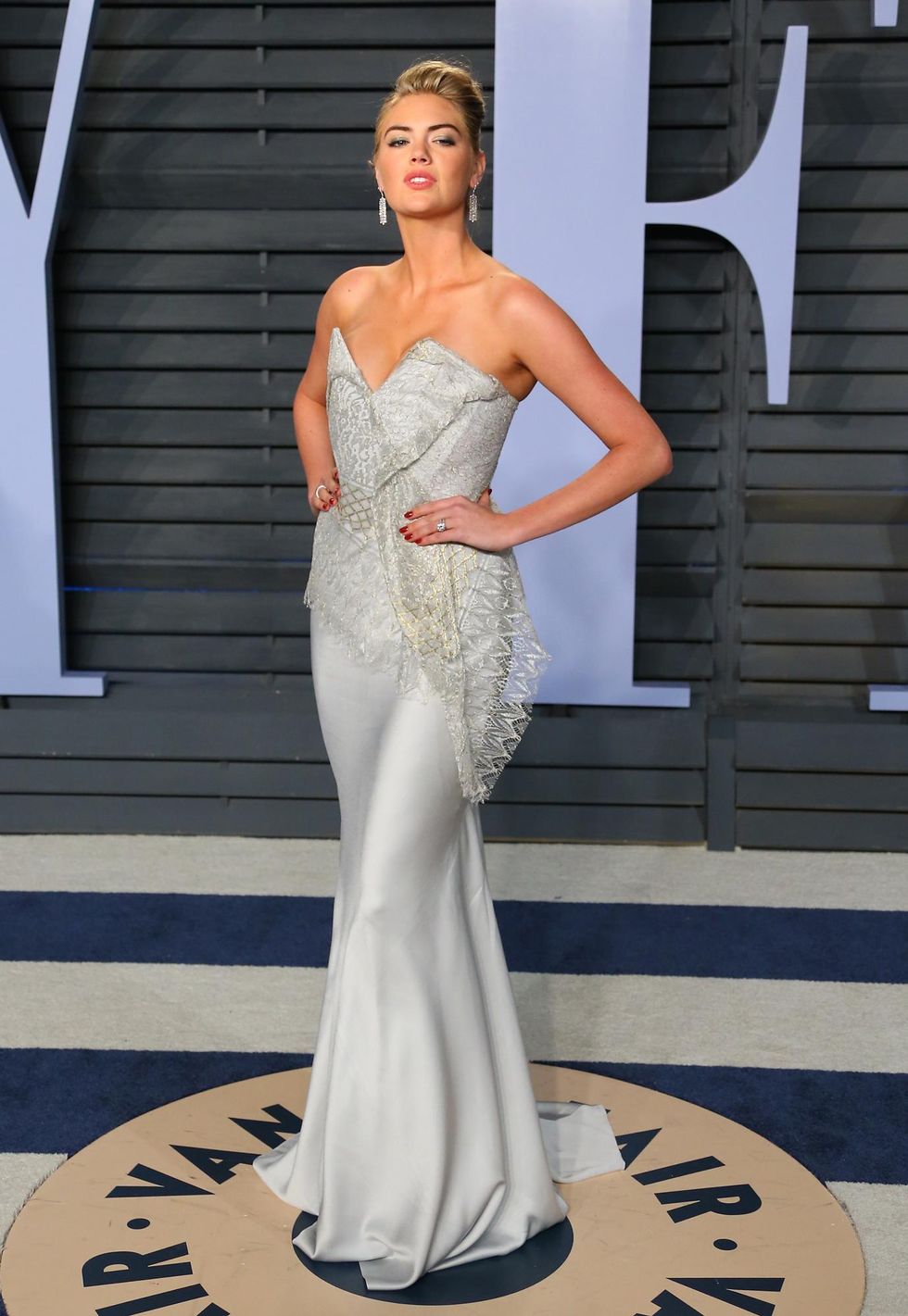
When did that chatter start? Was it off the back of Sports Illustrated?
"Yes, and at the time, Sports Illustrated: Swimsuit was the only magazine that put the model's name next to their picture on the cover. It gave a model the opportunity to brand themselves before social media. I did Guess and Victoria's Secret at the same time, but because my name wasn't there no one really knew I did that. Sports Illustrated putting my name on the cover helped people understand who I was."
How did the dance at the Clippers' game play into the timeline?
"I did a Sports Illustrated spread and then about a month after that the Clippers game dance went viral, then the next year I was on the cover of SI."
What toll did that rise take?
"It was a really confusing time. I didn't know who I was, so the criticism really got to me. I wasn't enjoying it the same way I imagined I would. I went to therapy, I worked on myself, I learned how to communicate how I was feeling. Then the other side was that people wanted me to be that person all the time, people were saying, like, 'Dance Kate, dance, make it go viral!' And I felt like I had a lot more to bring than that. Then when I started feeling better and getting a small grip on my mental health it helped me understand what I was doing."
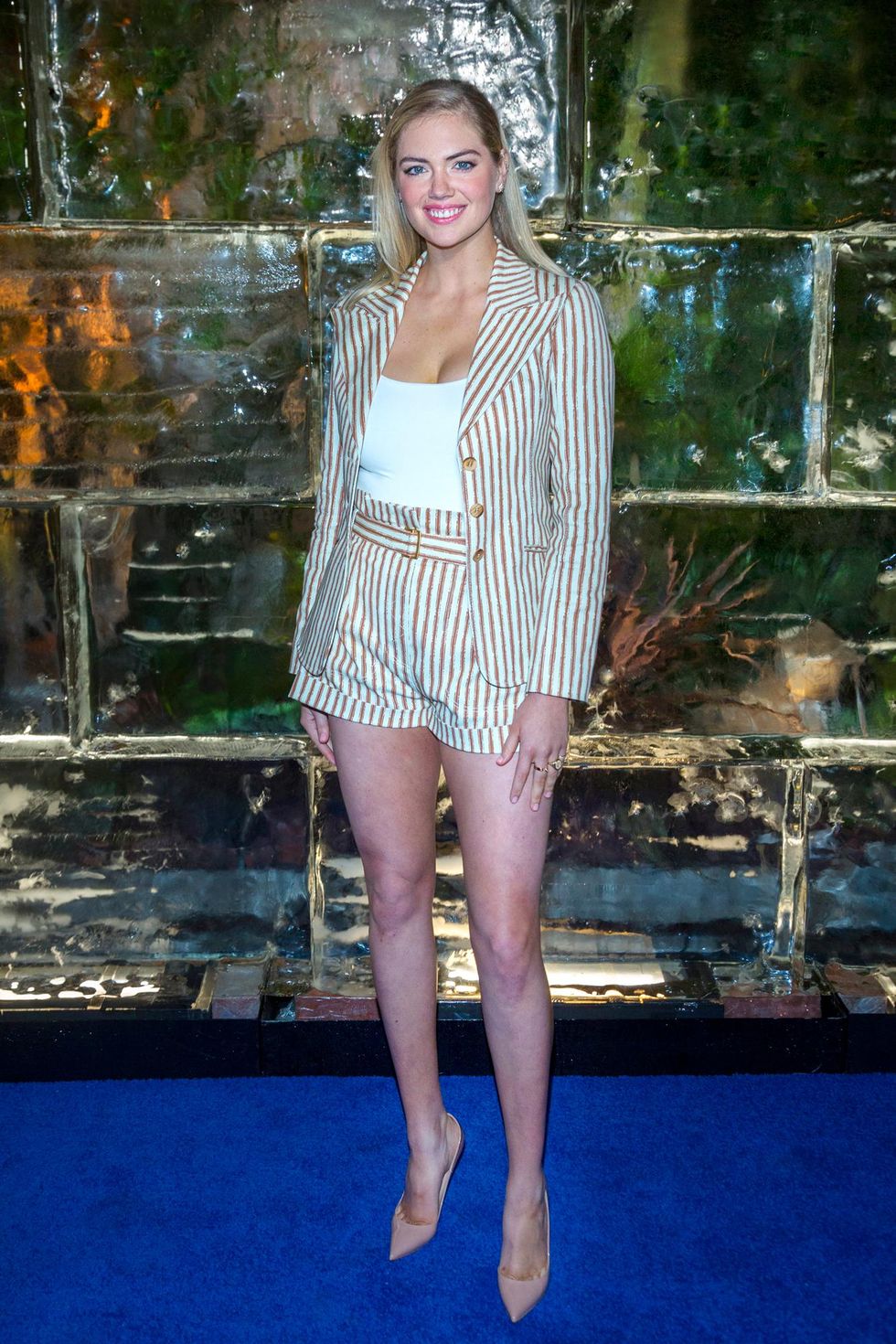
What did that teach you about the industry?
"Just how it worked. When I first started modeling, doing an editorial was telling these awesome stories. It was like, Who do you want to be today? It was creating art. But honestly what really changed my direction was sharing those fan letters with Anna Wintour. It didn't take much convincing, she already understood and she wanted to share that message on a whole different level."
It truly is bizarre that you, someone who's body type was still so small, elicited that kind of response from other women:
"It makes me so happy when people say "that's so weird" because it shows how far we've come. Also how powerful this industry really is that they can make those changes and affect people's self-image to that extent. It's such an important responsibility that the fashion industry has."
When you were signed, did you discuss runway at all?
"I had no interest to be completely honest. As a young girl, the runway didn't look very fun, or seem super creative for the model. I just wasn't attracted to it. Which is so interesting because when people saw me in magazines and bought it it was because they could relate to it, and the same thing was happening to me as a young girl on the other end. I was seeing the stick-thin girl who didn't seem healthy, and because I couldn't relate to it I didn't want to be a part of it."
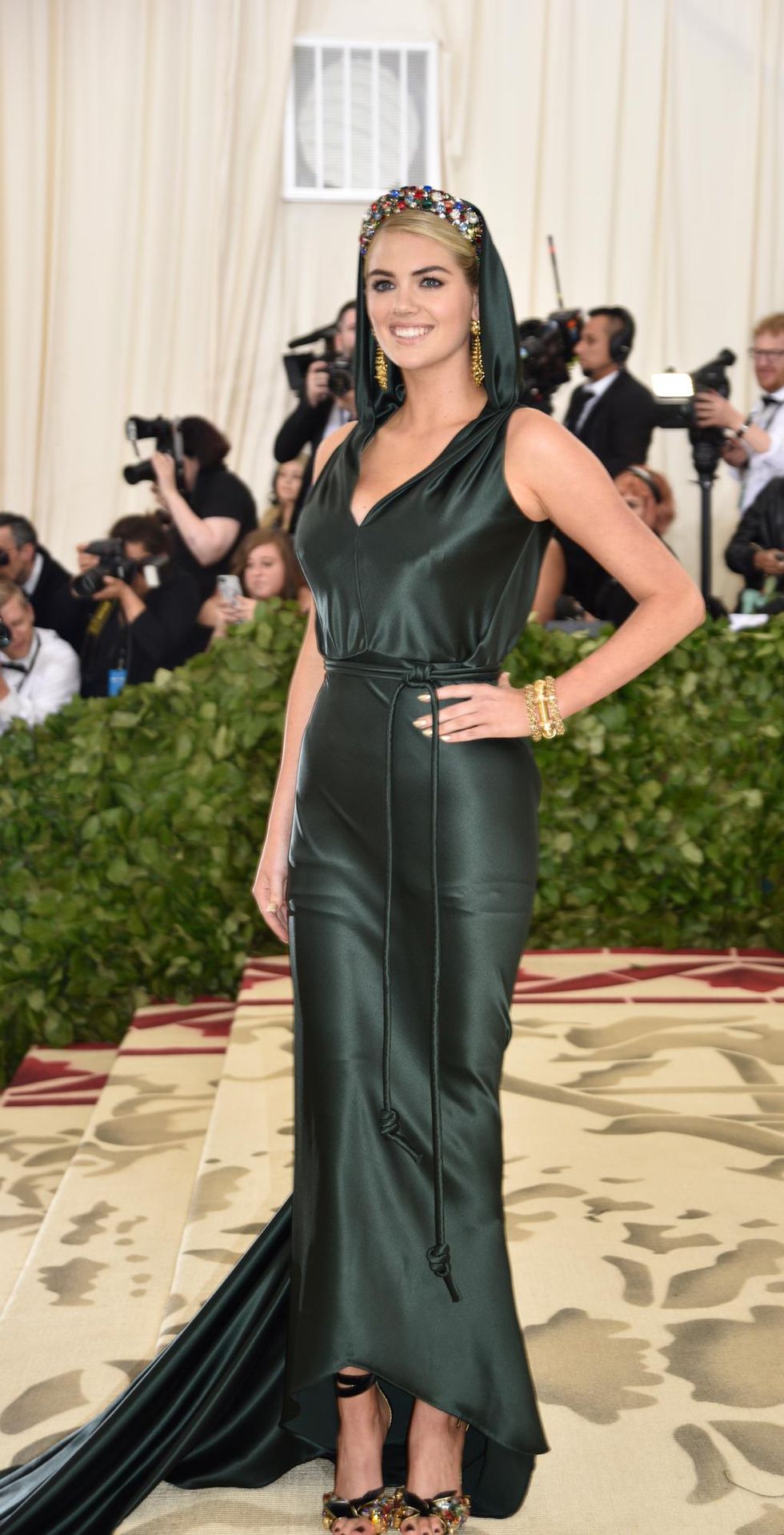
Outside of size inclusion, what are some of the most visceral shifts you've seen in the industry?
"The way they approach social media. In the early days, because I had a following on social media, I used to go on sets and have to sign crazy NDAs that I wouldn't post or take any photos behind-the-scenes. And now brands are desperate for you to be active, like 'Please post.' I remember starting my agency's Instagram, like, 'You have to get on social media.' They definitely thought I was difficult because I had opinions on what I should be doing. It was definitely difficult but now there's so much freedom, and I'm so happy to have paved that way. But at the same time, you really need a strong sense of self and confidence to understand the criticism is not real."
When did that shift for you?
"Well it was just such a big part of our culture: you were a zero or you were fat. Now we have a whole new standard of beauty and we know everyone is photoshopping but we can't quite process it, so we think, 'I guess I'm ugly because I didn't get filler.'"
What was the shift to film like for you?
"I had been acting for a long time, and thought that modeling would help that shift to film but it definitely did not. There's not a lot of artistic respect for modeling. I felt like I had to start from the bottom again, which I didn't mind, and I was thrilled to have done the hard work prior. I had to prove myself, and I think any woman in any industry probably feels like they have to prove their worth."
For sure, we're always earning our seat at the table:
"Definitely, but the power really is with the audience. Even with fashion, If you like what you see, click on that article, buy that magazine, go see that movie. If you can relate to it, go and support it. That's when you'll start seeing more of it."
Photos: Getty
Want more stories like this?
How Pat Cleveland Made History
We Have a Lot to Learn from Kimora Lee Simmons
Keeping Pace with Olivia Palermo, Fashion's Favorite Face


